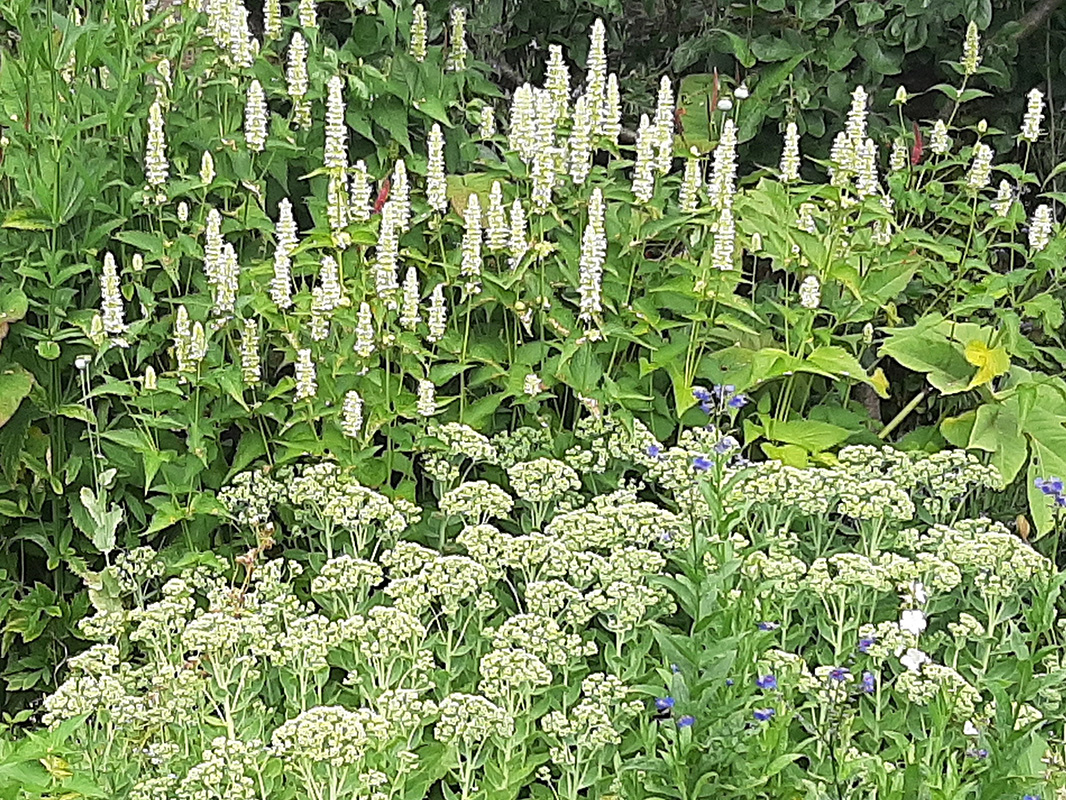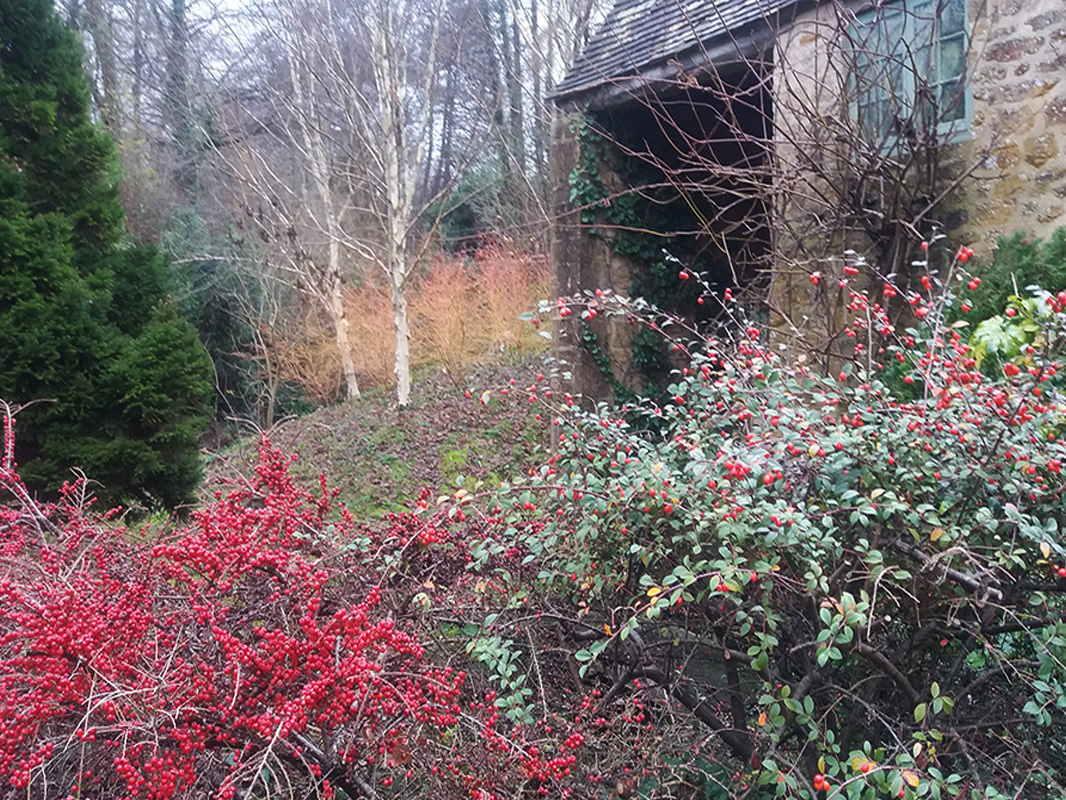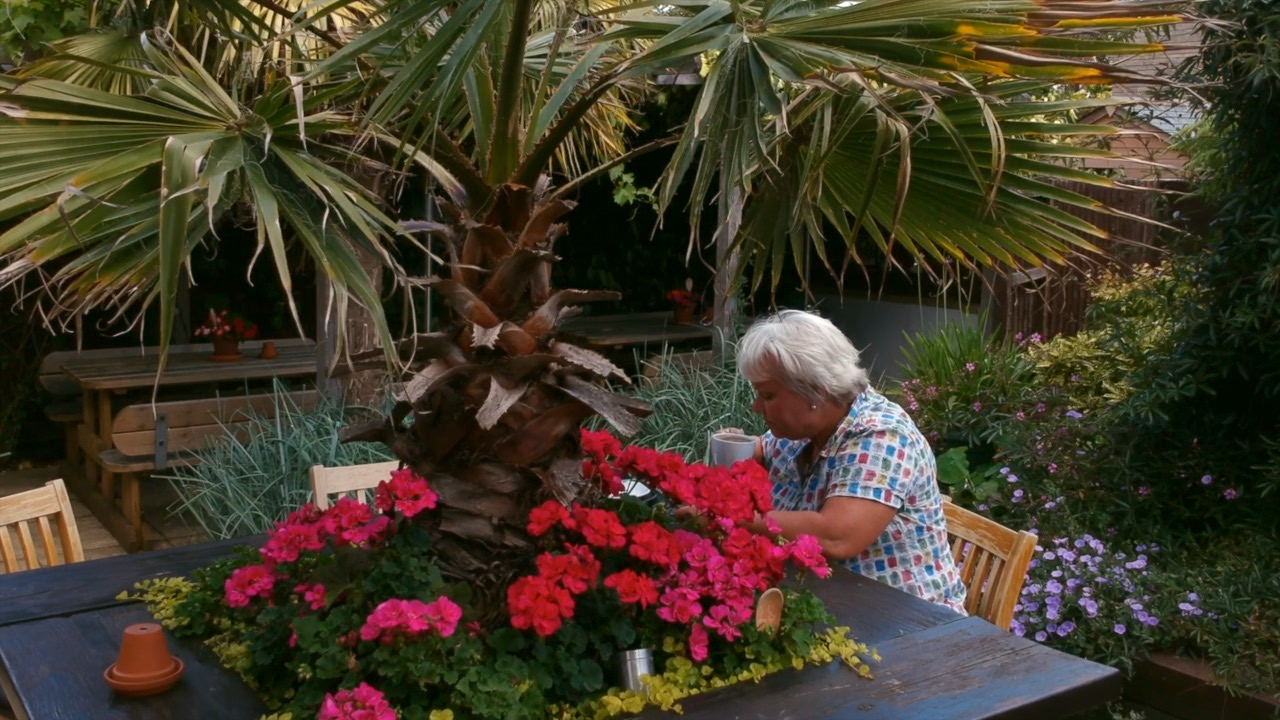A rough guide to winter pruning
January is one of the best months for pruning deciduous trees and shrubs. The grass and perennials below shrubs and trees will be dormant but look out for emerging bulbs. It is a job that can be done during frosty or wet weather, when border work is impossible.
Too many gardens have their shrubs annually ‘blobbed’ in an unthinking sort of way. Small leaved evergreens such as box, yew and osmanthus respond to this well. When done very well pruning is elevated to the art of topiary. It pains me to see this done automatically to every shrub in the garden, when it does not suit some at all. Here are some general guidelines.
Most spring and early summer flowering shrubs flower best on last year’s growth, which has grown elegantly all year. Cut them in winter and you cut off the buds for the spring display. Blobbed forsythia and philadelphus are dismal beasts. If in doubt, prune shrubs that flower from spring to midsummer just after they have flowered. They have the rest of the year to grow unmolested and produce the wood for next season’s flowers. They will be covered in flowers to the very tip of every arching branch – far nicer than the blobs.
Shrubs that flower from midsummer onwards, such as buddleia and hydrangeas may be pruned now, but will wait until spring. Books will tell you not to prune them in winter and to leave hydrangea heads on to protect the shrubs from frost. I am not convinced they will die in our mild winters if pruned earlier than the old books suggest. Concentrate on pruning vines and figs now, which will ‘bleed’ if pruned after mid-February when the sap is already rising. Plants with doubtful hardiness ought to be left till late March or early April, and I will leave my fuchsias and caryopteris until then. There is statistically a much greater chance of having snow at Easter that at Christmas, so don’t be hasty with them.
It should be remembered that we do nearly all pruning, not for the sake of the plant, but for the sake of ourselves. Every plant is capable of germinating, growing and dying without any help. A tiny plant lacks personality and impact, and an ancient shrub is often a gawky ivy infested nightmare, partly dead and wreathed with brambles. We prune to keep our plants in handsome healthy perpetual middle age.
In a severely overgrown and neglected garden, I once chopped almost everything down to the ground. I spared only some middle-aged fruit trees for restorative pruning. The neighbours were horrified, chuntering about loss of habitat, ruining the garden and so on. Indeed, there was temporary loss of habitat for birds, and after I had dug out all the nettles and brambles, the shrubs grew back over a metre in the first year as the cleared soil was revived with compost.
New perennials were planted, bulbs previously dormant under hefty shrubs grew into the light once more. The fruit trees grew with renewed health and the birds returned. A slightly less drastic option is to murder or coppice one shrub a year and plant and new one somewhere, then your garden never gets over-mature. However, introducing a small new plant in between two ancient ones seldom works well. The newcomer does not establish well through lack of light from the neighbours.
It is better to renovate a garden one section at a time, so all plants are cut down and pruned and all grow back up together. I recommend a tree surgeon and his team to renovate trees, remove ancient conifers (which usually cannot be heavily pruned back to brown wood without dying), reduce hedges, chip the result and take it all away. In that case it is best and cheaper to hire two chaps and a chipper on a day rate, and make one big mess rather than several small ones.
As to exactly what and how to prune, I cannot cover the subject fully here. Better to get a book, such as the RHS Pruning and Training manual. There are lots of useful Youtube videos. Whatever you prune, the rule is that your shrub or tree will not look like the one in the book. Use sharp secateurs and loppers and go steady. Step back and observe, rather than blobbing everything in one go with a hedgecutter.
Do not butcher trees, but consult a qualified tree surgeon or arboriculturalist, who will be happy to visit and give you some advice. Feel free to chop off the odd small branch getting in the way, but I would not myself tackle much that is thicker than my arm or cannot be reached without a ladder. I prefer the well trained, well equipped and well insured to do all that for me.
At least remove all the dead and damaged wood. Do not cut off at random, cut down to something, whether the next bud or the collar of the branch which is the swelling at the base where it meets the trunk. On a twig, the bud below your cut will grow in the direction it is facing. Do not leave an ugly peg of wood above the bud.
If that is all too confusing, contact www.katherinecrouch.com for a consultation and I will show you what to do or do it for you.



